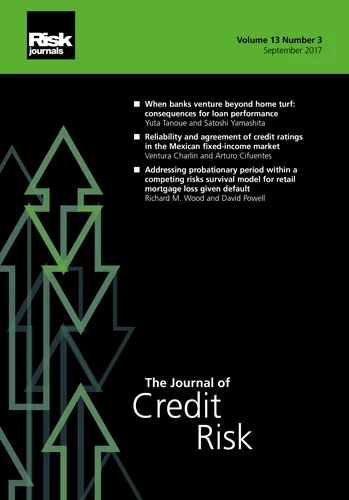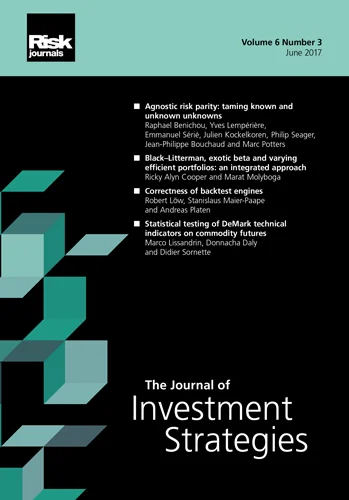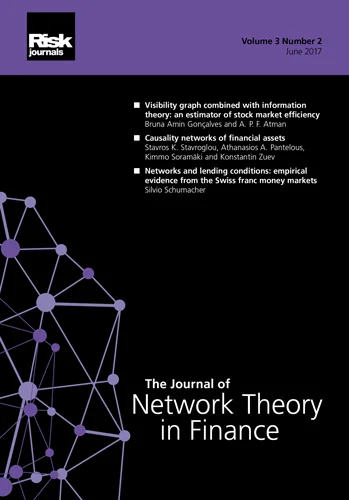Journal of Risk
ISSN:
1755-2842 (online)
Editor-in-chief: Farid AitSahlia
Volume 11, Number 2 (December 2008)
Editor's Letter
Stan Uryasev
University of Florida
This Fall of 2008 is witnessing the culmination of an unparalleled financial crisis with roots that can be traced back several months, starting with the collapse of the US subprime mortgage market and its contagion to the entire credit market. As events unfold, different commentators have focused on the many perceived causes or factors that have led to the present state. Besides issues of regulation, the concept of risk is predominant in various forms, including borrowers' ability to repay their loans and inter-institutional trust, but also regarding quantitative finance.
Model risk has now become as important as risk assessment through mathematical means. As Steve Shreve noted in a Forbes article, recent events point to the need for more, not less, mathematical models to assess financial risk. The forum provided by The Journal of Risk is thus once again favorably placed for such problems.
In the first paper of this issue, De Prisco et al deal with computational aspects of integrated market and credit portfolio models throughMonte Carlo simulation. The authors show how to employ compound scenarios for efficient scenario generation. As a result, they are able to derive confidence intervals for percentiles of the loss distribution that are linked to sample size for critical risk factors, including market, systematic and idiosyncratic risks.
The paper by Lai et al compares hedging strategies for put options written on multiple assets in the presence of transaction costs, contrasting different dynamic hedging strategies. The authors find that a utility-based strategy is a good compromise between delta hedging and a passive stance, especially with higher transaction costs. However, if the insured firm's assets are not traded or if they incur prohibitively high transaction costs, then the guarantor can use an index-based hedging strategy.
In their paper, Kaliva and Koskinen study how the presence of pricing bubbles affects long-term risk management strategies. Using a regime-shifting model, they show the impact of holding period, price-dividend ratio and inflation on return moments and value-at-risk. Through this model, the authors also support the generally accepted preference for stocks over long-term horizons. Finally, Boudt et al propose a new estimator for expected shortfall using asymptotic expansions accounting for asymmetric and heavy-tailed financial returns. Their approach is more systematic than previous ad hoc generalizations of Gaussian expected shortfall. It also has the advantage of evaluating how much of the total portfolio risk can be attributed to an individual asset.








